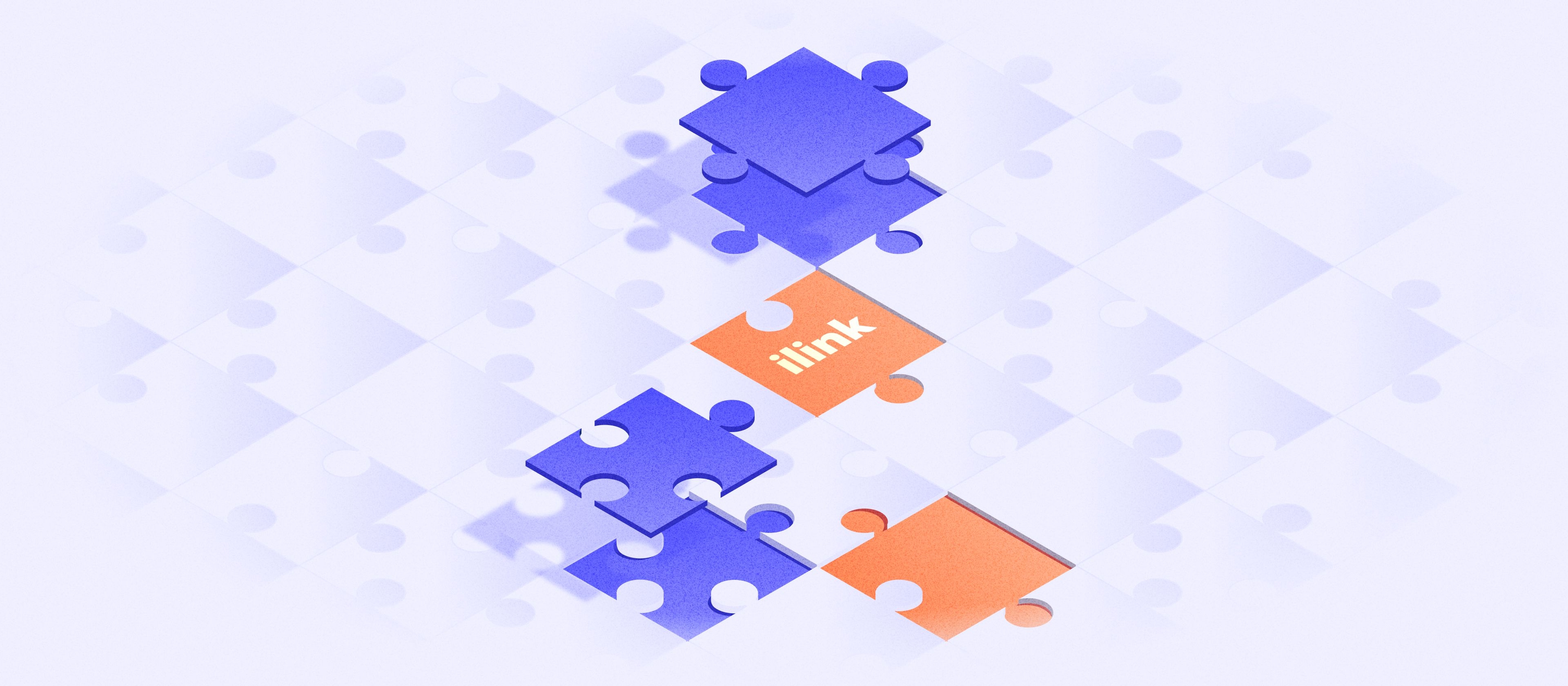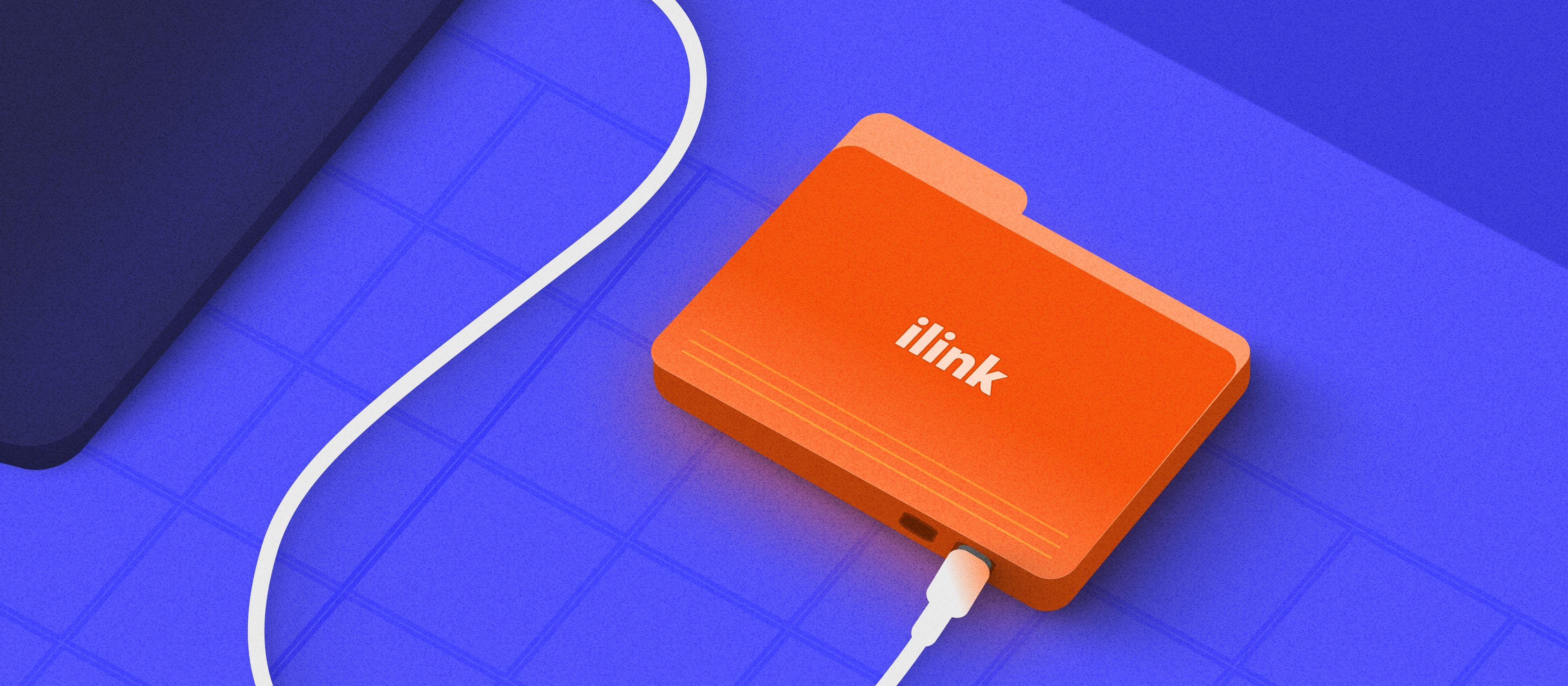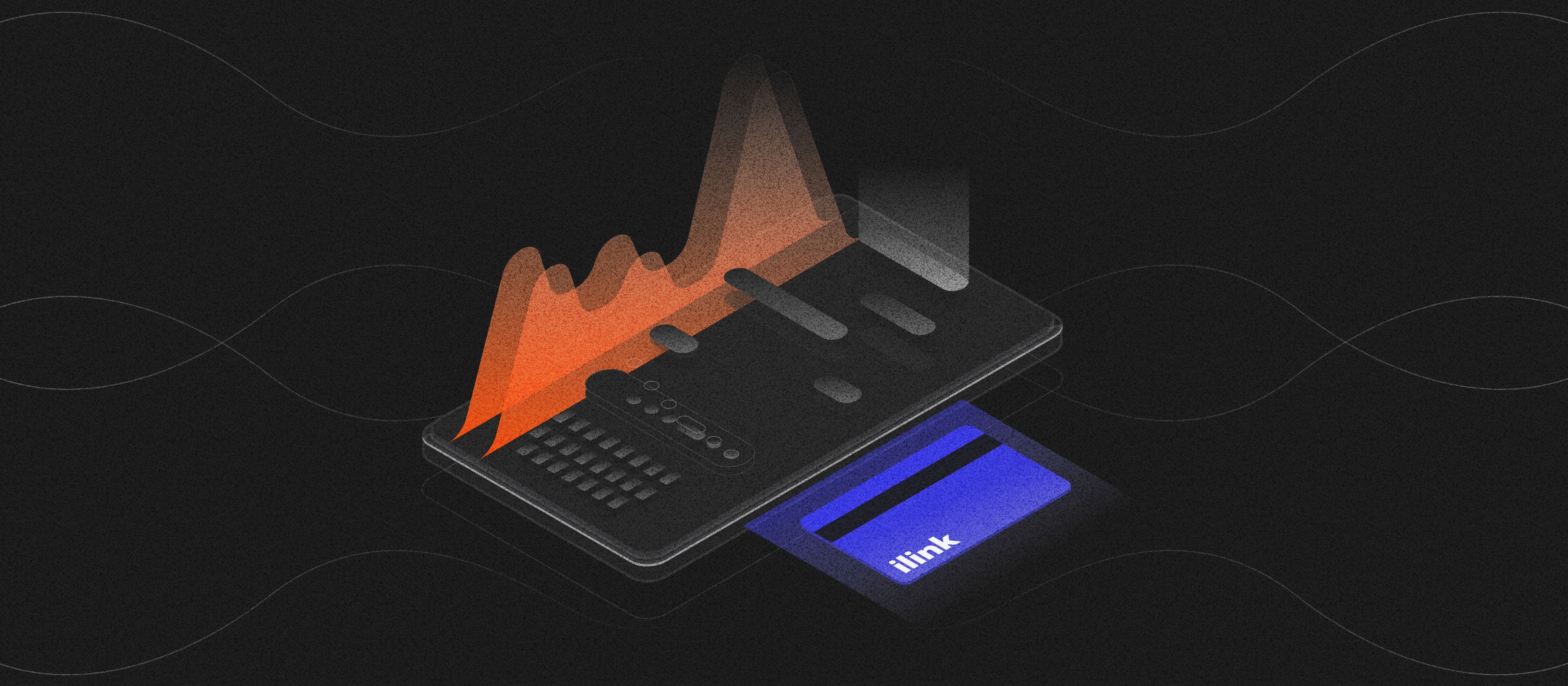What Is a Web3 Wallet?

Introduction
The rise of Web3 is reshaping how people interact with the internet. Instead of relying on centralized platforms, users now connect directly with decentralized applications, blockchains, and digital assets. At the heart of this experience is the Web3 wallet, the essential tool for accessing the decentralized internet.
What Is a Web3 Wallet?
A Web3 wallet explained simply: it is a digital wallet that allows users to store cryptocurrencies, interact with decentralized apps (dApps), and manage digital assets such as tokens and NFTs. Unlike traditional wallets, a Web3 crypto wallet is not just for holding coins, it serves as a personal gateway to blockchain ecosystems.
The key difference is self-custody. A Web3 wallet gives users control over their private keys, meaning they own their assets directly, without relying on banks or third-party custodians.
How Does a Web3 Wallet Work?
A Web3 wallet connects to blockchains like Ethereum, Solana, Polygon, or BNB Chain and enables users to sign transactions. Each action in the decentralized space, whether it’s buying an NFT, staking tokens, or making a payment, requires a digital signature from the wallet.
These wallets come in different forms:
- Browser extensions such as MetaMask, which connect directly to dApps.
- Mobile Web3 wallet apps like Trust Wallet or Walletverse, offering portability and user-friendly interfaces.
- Hardware wallets for maximum security, storing keys offline.
Core Features of a Web3 Wallet
What makes a decentralized wallet so powerful is its range of features that go far beyond basic transactions.
- Multi-chain and multi-currency support for a wide variety of tokens.
- Secure storage of private keys and seed phrases.
- Built-in token swaps and staking opportunities.
- NFT management, including buying, selling, and showcasing digital collectibles.
- Direct integration with DeFi platforms for lending, borrowing, and yield farming.
Benefits of Using a Web3 Wallet
The adoption of Web3 wallet apps is growing quickly because they give users true ownership and financial freedom. Some of the main advantages include:
- Ownership of assets. Users control private keys and funds without intermediaries.
- Direct access to dApps. From DeFi platforms to NFT marketplaces and GameFi projects.
- Global reach. Cross-border transactions without traditional banking restrictions.
- Participation in Web3 ecosystems. Governance, staking, and tokenized rewards.
Popular Examples of Web3 Wallets
Several well-known wallets dominate the space. MetaMask remains the most popular browser-based wallet, while Trust Wallet and Coinbase Wallet are widely used mobile options. WalletConnect provides interoperability across dApps, and Walletverse offers multi-currency support with built-in Web3 features.
Each of these solutions has unique advantages, but all serve the same purpose: giving users direct access to decentralized ecosystems.
Security in Web3 Wallets
Because Web3 wallets deal with self-custody, security is critical. The private key or seed phrase is the only way to recover funds, if it’s lost, the assets are gone.
Best practices include:
- Storing seed phrases offline and never sharing them.
- Using hardware wallets for long-term storage.
- Keeping wallet apps updated to prevent vulnerabilities.
- Being cautious of phishing sites and fake apps.
By following these steps, users ensure their decentralized wallet remains safe and reliable.
Web3 Wallets vs. Traditional Wallets
Traditional crypto wallets primarily focus on storage and transfers. A Web3 wallet, however, is much more. It’s a tool for exploring decentralized ecosystems, enabling users to access DeFi platforms, trade NFTs, and participate in governance decisions.
In essence, while a traditional wallet is a digital vault, a Web3 wallet is a passport to the decentralized web.
The Future of Web3 Wallets
The role of Web3 wallets is expanding. Future innovations may include social logins combined with self-custody, biometric authentication for convenience, and integration with real-world tokenized assets like property or digital IDs.
As digital banking transformation merges with Web3, wallets will become essential not only for crypto but also for managing tokenized finance, decentralized identity, and even access to Web3 governance.
So, what is a Web3 wallet? It’s more than just a place to store digital assets, it’s the gateway to decentralized applications, DeFi platforms, NFTs, and the broader Web3 ecosystem. With the ability to manage funds, interact with dApps, and ensure self-custody, a Web3 wallet app empowers users to take control of their digital identity and financial future. In the evolving landscape of blockchain and decentralized finance, Web3 wallets are the bridge between today’s internet and tomorrow’s decentralized world.
Comments (0)
Latest Posts

Software development shapes how businesses operate, connect with clients, and grow in competitive markets.

Customers no longer want to wait in line at branches or rely on paper forms. Instead, they expect convenience, speed, and accessibility, and this is where digital banking comes in.
Do You Have Any Questions?
Leave your details - we will contact you to answer all your questions

